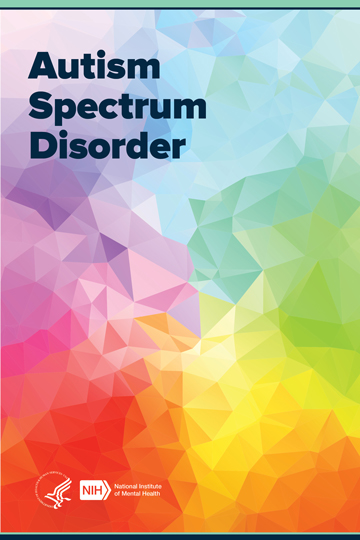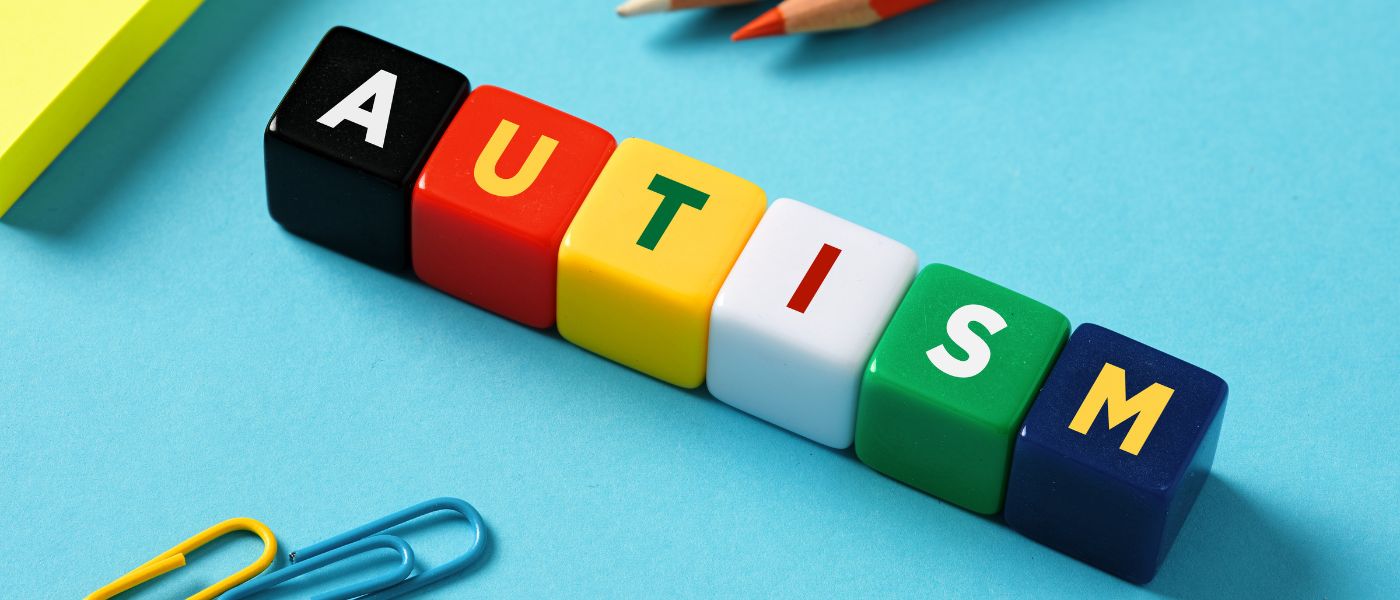Exactly how to Produce an Inclusive Atmosphere for Buddies and Family Members with Autism
Comprehending Autism: A Comprehensive Guide to Indicators and Signs
Autism Spectrum Problem (ASD) includes a large variety of characteristics that can substantially impact a person's social interactions and day-to-day functioning. Identifying the signs and signs, such as obstacles with eye contact, social interaction difficulties, and sensory sensitivities, is crucial for early treatment. Understanding these subtleties not only help caregivers and teachers in giving suitable assistance but likewise cultivates a more inclusive atmosphere for individuals with ASD. As we check out the intricacies of autism, it becomes necessary to think about just how these signs show up in different ways across the range and what implications they hold for effective intervention methods.
Summary of Autism Range Condition
Specifying Autism Range Condition (ASD) includes acknowledging it as a complicated neurodevelopmental problem defined by a variety of difficulties in social communication, interaction, and behavioral patterns. The term "spectrum" reflects the wide variability in symptoms and their severity, which can vary significantly from one person to an additional. ASD commonly shows up in very early youth, although some individuals may not receive a medical diagnosis up until later on in life.
Aspects influencing the development of ASD consist of hereditary tendencies and environmental factors, although the precise reasons continue to be under investigation. Medical diagnosis often depends on behavior assessments, as there are no definitive medical tests for ASD. Early intervention is vital and can dramatically boost end results, concentrating on improving interaction skills, social interactions, and flexible actions.
Individuals with ASD may additionally exhibit special staminas, such as extraordinary attention to information or particular locations of expertise. Comprehending the multifaceted nature of ASD is crucial for promoting a comprehensive atmosphere that suits neurodiversity. Continued study is important for creating efficient treatments and support systems, making it possible for individuals with ASD to prosper and accomplish their prospective within culture.
Common Indications of Autism
Recognizing the typical indicators of Autism Spectrum Condition (ASD) is essential for early recognition and treatment. These signs can vary extensively in severity and presentation, yet certain attributes are regularly observed in individuals with ASD.
One of one of the most widespread signs is a marked problem in developing and maintaining eye call. People may likewise display minimal interest in social interactions and show a choice for singular play. Recurring behaviors, such as hand-flapping, rocking, or spinning items, commonly arise early in childhood. Furthermore, some kids might create rigorous regimens and come to be distressed if these routines are interrupted.
Sensory sensitivities are also common; individuals may overreact or underreact to sensory stimulations, such as appearances, lights, or audios. autism. Language growth can be irregular, with some kids displaying delayed speech or using language in uncommon methods, including echolalia-- repeating sentences or expressions heard elsewhere
It is important to keep in mind that not every person with ASD will certainly show all these signs, get redirected here and the level of these actions can differ considerably. Early recognition enables timely support and sources, improving the lifestyle for those on the range.
Social Communication Challenges
Social interaction difficulties are a hallmark of Autism Range Condition (ASD), impacting an individual's ability to involve efficiently with others. These difficulties can show up in various methods, including challenges in launching and maintaining discussions, comprehending social signs, and reacting properly in social communications.
Individuals with ASD might have problem with nonverbal interaction, such as eye get in touch with, face expressions, and body language. This can bring about misconceptions, as their communicative intent may not be appropriately interpreted by others. In addition, they may locate it difficult to comprehend the nuances of tone and context, which are necessary for effective interaction.
In team settings, individuals with ASD might feel overloaded and may not recognize how to join in discussions (autism). They could also display irregular conversational patterns, such as monologuing concerning specific rate of interests without acknowledging social reciprocity
In addition, these challenges can lead to social seclusion or troubles in forming relationships, as peers may misunderstand their actions or interaction design. Understanding these social interaction challenges is important for cultivating encouraging settings that promote social skills development and improve the high quality of communications for people on the autism range.
Sensory Sensitivities and Responses
Several people with Autism Range Disorder (ASD) experience heightened sensory sensitivities that can substantially impact their day-to-day lives. These level of sensitivities might show up as over-responsiveness or under-responsiveness to sensory stimulations, consisting of noises, lights, structures, tastes, and smells. A person with ASD may locate day-to-day sounds, such as a vacuum cleaner or crowded settings, overwhelmingly distressing, leading to anxiousness or disasters. On the other hand, some might show an indifference to discomfort or extreme temperatures, which can pose safety and security worries.
Sensory processing distinctions in people with ASD can also influence their capability to take part in social communications and routine tasks. A child that is sensitive to touch might withstand physical love or prevent particular clothes textiles. A choice for certain structures or preferences can limit nutritional alternatives and create obstacles throughout mealtimes.
Comprehending these sensory sensitivities is vital for identifying the one-of-a-kind experiences of individuals with ASD. Awareness of their sensory profiles can promote far better go now interaction and assistance strategies, creating an atmosphere that fits their demands and boosts their top quality of life. Ultimately, acknowledging sensory sensitivities is visit this website a vital element of understanding the wider range of autism.

Sustaining Individuals With Autism
Efficient assistance for people with Autism Spectrum Condition (ASD) is critical for enhancing their general health and fostering self-reliance. Assistance strategies must be customized to meet the distinct requirements of each person, considering their difficulties and staminas.

Social abilities training can additionally play a crucial function. autism. Engaging people in team tasks or role-playing circumstances can improve their capacity to browse social interactions. Furthermore, it is important to enlighten household participants, caretakers, and peers about ASD to cultivate a inclusive and helpful area
Verdict
By promoting improved interaction and social skills, people with autism can navigate their settings much more efficiently. Ultimately, raised understanding and assistance can substantially boost the top quality of life for those affected by ASD.
Autism Spectrum Problem (ASD) includes a vast range of features that can substantially impact a person's social interactions and everyday functioning.Individuals with ASD might have a hard time with nonverbal interaction, such as eye call, facial expressions, and body language.Several people with Autism Range Disorder (ASD) experience enhanced sensory level of sensitivities that can considerably affect their daily lives.Sensory processing distinctions in people with ASD can additionally affect their capacity to involve in social interactions and routine activities.Understanding these sensory sensitivities is vital for identifying the one-of-a-kind experiences of people with ASD.